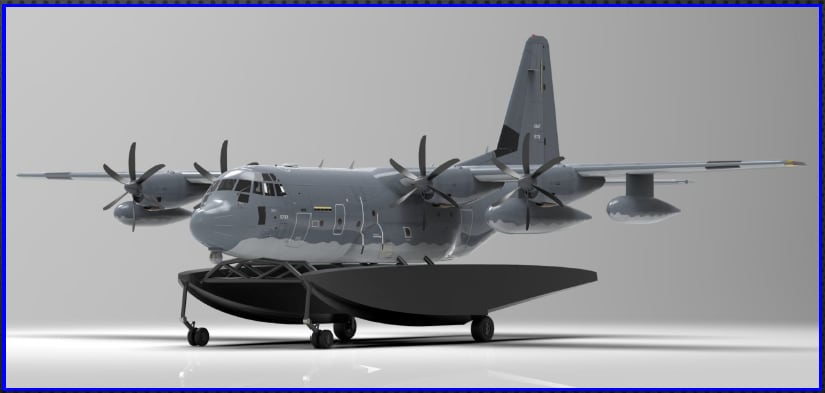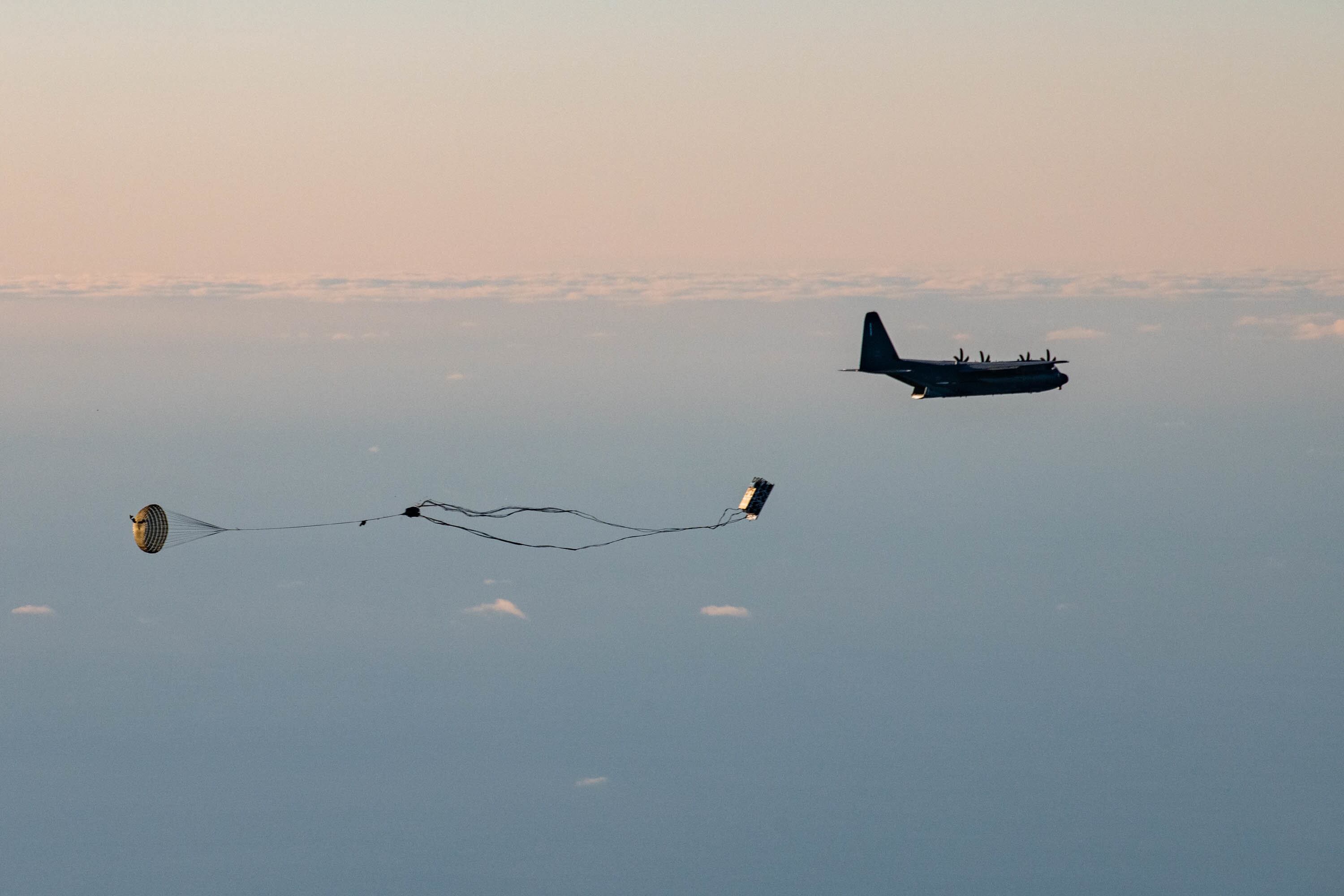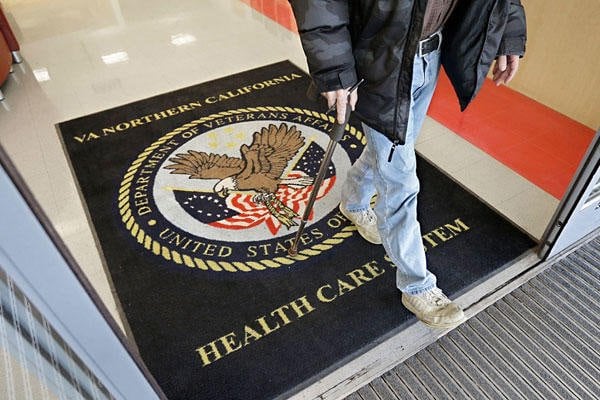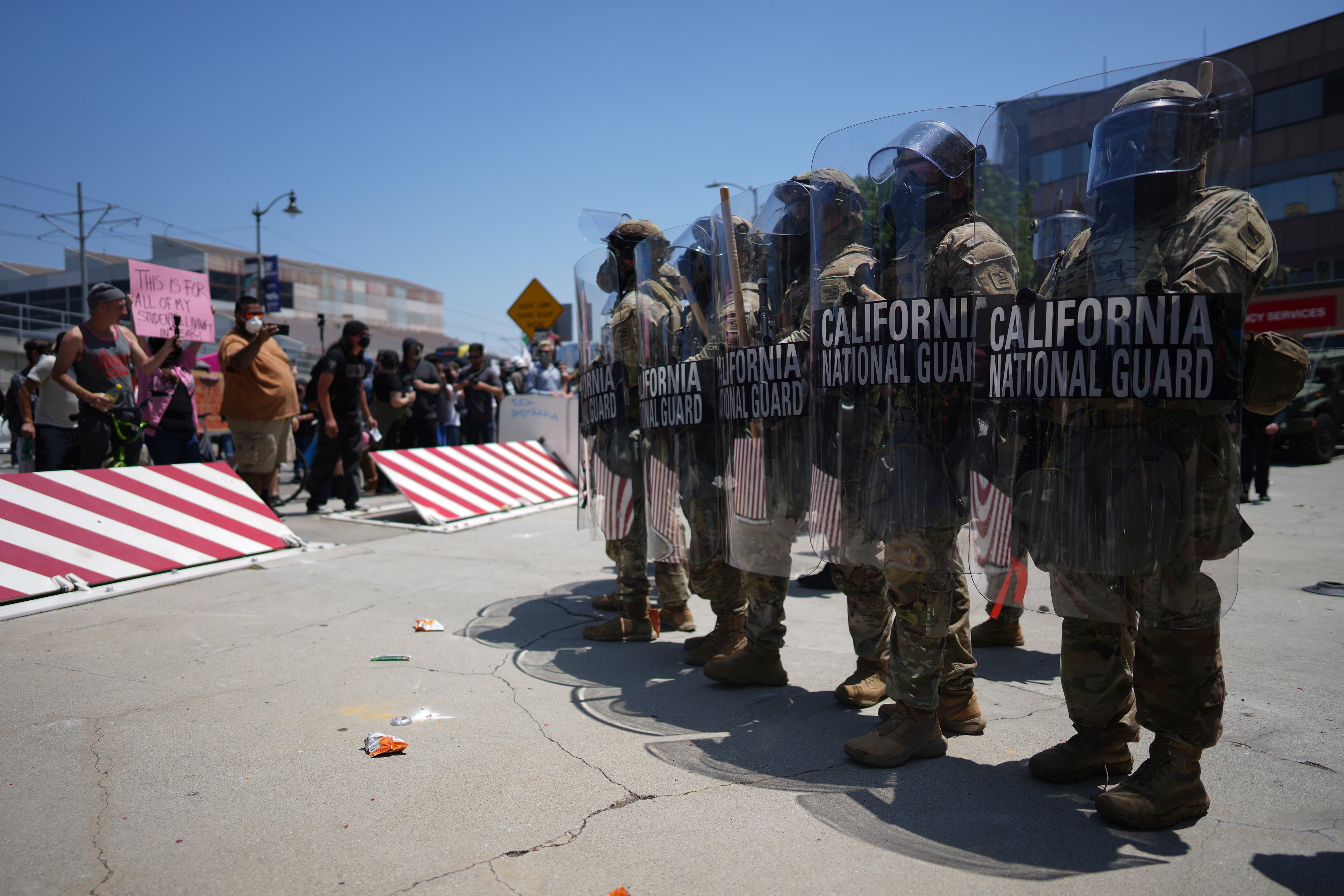TAMPA, Fla. — U.S. Special Operations Command has paused an ambitious program to make its MC-130J transport plane capable of water landings and takeoff.
Air Force Special Operations Command first announced the project in 2021, with plans to demonstrate the capability the following year, Military Times previously reported.
But on Tuesday at the Special Operations Forces Week conference here, Air Force Col. Justin Bronder, the program executive officer for fixed wing programs at USSOCOM, said the MC-130J Amphibious Capability project had been paused due to budget constraints. In the Pentagon’s budget request, unveiled in March, the military asked for $11.5 million for the project.
Bronder said that work on the project, including a “very successful, technical deep dive” with industry had allowed the military to “come up with a real rich, data-driven model” on how to make an amphibious version of the large tanker/transport plane operational. He added it is a capability the force could field if needed.

Officials previously stated the aim of the program was to give the aircraft options to take off and land on bodies of water and runway-independent locations. That capability would broaden and deepen the range of options in various regions, but specifically in the Pacific.
“That’s going to give us the ability to turn any large body of water into a landing zone where we can insert [or] extract special operations forces and the equipment and other things that might cause dilemmas for our adversaries,” then-Lt. Gen. Jim Slife, at the time serving as AFSOC commander, told reporters in 2022.
Designers started with digital designs, Slife said. They worked through testing to decide what kind of configuration would work including a catamaran, pontoon and entire applique attached to the bottom of the aircraft, Slife added.
The design they settled on was a kit that could be added to the aircraft in the field when needed, rather than a complete redesign or permanent feature of the plane.
The aircraft, first built in the 1950s, has served generations of troops in combat across the globe. But it’s now facing threats in a more contested airspace.
In 2022 officials announced a series of experiments with the aircraft — both the MC-130J special operations version and the KC-130J Super Hercules version used by the Air Force. Those involved high-energy lasers, amphibious landing and takeoff capabilities, crewless operations, and fully automated cockpits, Military Times previously reported.
Todd South has written about crime, courts, government and the military for multiple publications since 2004 and was named a 2014 Pulitzer finalist for a co-written project on witness intimidation. Todd is a Marine veteran of the Iraq War.





